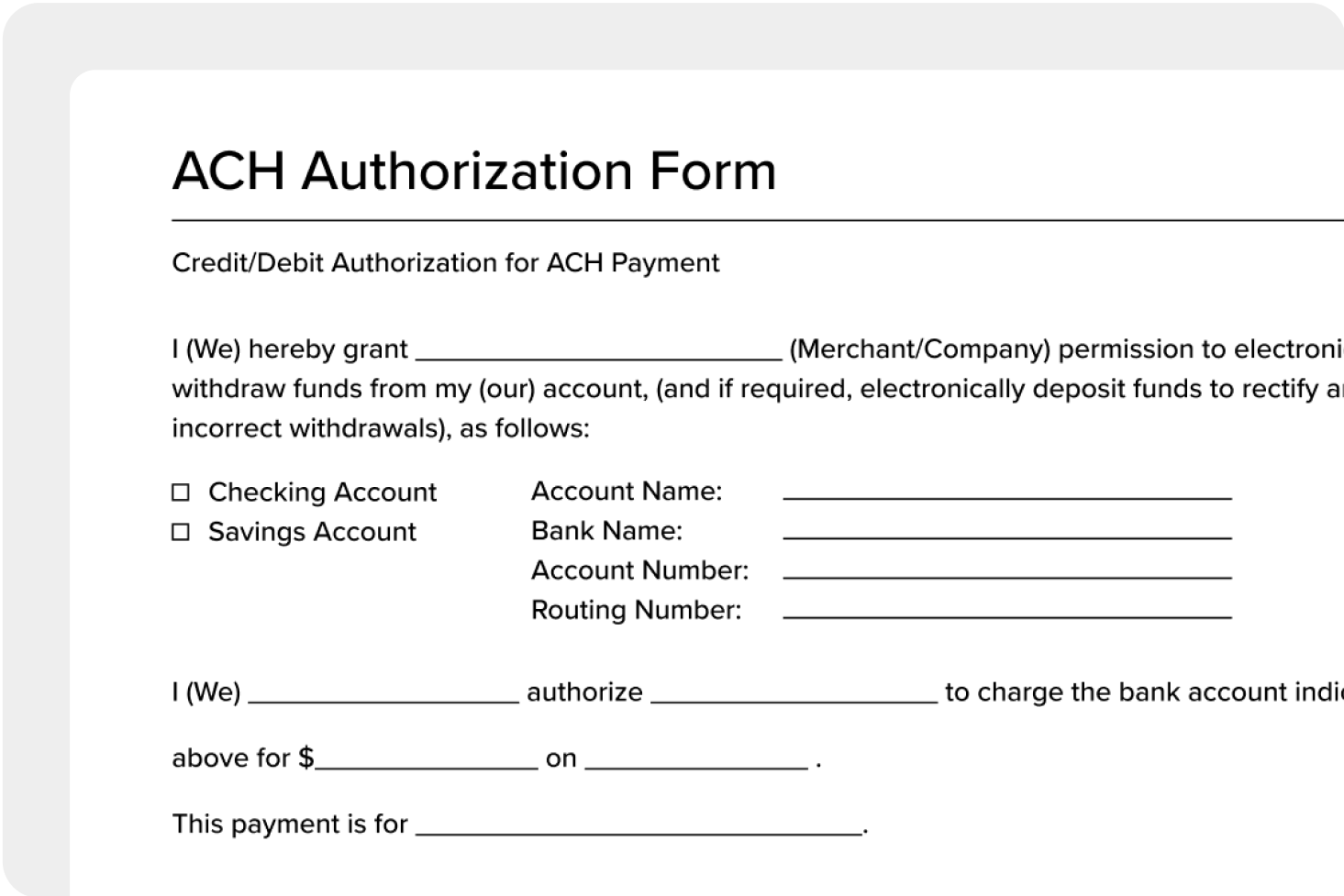What is Same Day ACH?
Same Day ACH aims to offer businesses more timely access to funds and greater financial flexibility. With Same Day processing, businesses can expedite transactions and avoid delays associated with typical ACH transfers.
Same Day ACH was launched in 2016 and can benefit business owners who need to make immediate payments or who rely on timely receipts for operations. This payment method also eliminates the need for paper checks, reducing the risk of payment failures and late payments.
While Same Day ACH can offer many perks for business owners, it’s important to understand how they work to use them to their full capacity.
How do Same Day ACH transfers work?
Same Day ACH transfers, also known as expedited batch processing for ACH transactions, allow faster funds transfer between bank accounts.
Here’s how Same Day ACH works:
- Initiation: The sender (an individual or business) initiates the Same Day ACH transfer through their bank or financial institution.
- Debit and credit transfers: The sender’s bank debits the funds from the associated account and sends an electronic payment instruction to the ACH network.
- ACH network processing: The ACH network processes the payment instructions and routes them to the recipient’s bank.
- Waiting period for funds: The recipient’s bank credits the funds to the recipient’s account, making the funds available for use.
It’s important to note that there are cutoff times and transaction limits for Same Day ACH transfers.
What are the cutoff times and transaction limits?
Cutoff times and transaction limits are important to consider when utilizing Same Day ACH transfers.
The Same Day ACH cutoff times are typically around 4:45 p.m. EST, meaning any transactions submitted before this time will be processed on the same business day. However, transactions submitted after the cutoff time will be processed the following business day.
In addition to cutoff times, businesses must be aware of transaction limits, especially since Same Day payment limits recently increased to $1 million for eligible transactions.
This increase in transaction limit benefits larger transactions, such as business payments, payroll, and even emergency payments. A higher limit enables businesses to process high-ticket transactions and improve their cash flow by receiving funds faster.
While businesses can ensure timely payment processing and take advantage of the benefits of Same Day ACH, how do the other payment types compare?
How does Same Day ACH compare to other payment types?
Same Day ACH allows for same-day processing of transactions so businesses can gain quicker access to funds than traditional ACH payments.
Compared to credit card transactions that can accrue high processing fees, Same Day ACH offers a faster and more cost-effective alternative for businesses.
Physical payment methods like paper checks can be slow and prone to delays. Thankfully, Same Day ACH allows businesses to avoid challenges associated with physical checks, including long mailing times and potential lost or stolen payment information.
Same Day ACH also enables electronic funds transfers within a business day, ensuring faster settlements and improving cash flow. These transactions are particularly beneficial for time-sensitive payments such as emergency payroll or payment failures that need immediate attention.
By leveraging Same Day ACH, businesses can enhance efficiency and streamline their Accounts Payable (AP) and Accounts Recievable (AR) processes.
Enhance your payment process with Same Day ACH
Same Day ACH offers a convenient and effective payment method that can benefit businesses of all sizes.
With Same Day ACH, businesses can improve cash flow, reduce the risk of late payments, and access funds faster, all essential in enhancing payment operations and their overall success.
More articles you might like:
CONTENTS
From direct deposit to bill payments, the ACH network shapes the landscape of electronic fund transfers. ACH extends its influence across various areas to move funds between businesses, individuals, and financial institutions.
- 1
- 2
- 3
- 4
- 5
- 6
- 7
- 8
- 9
- 10
- 11
- 12
- 13
- 14
- 15
- 16
- 17
- 18
- 19
